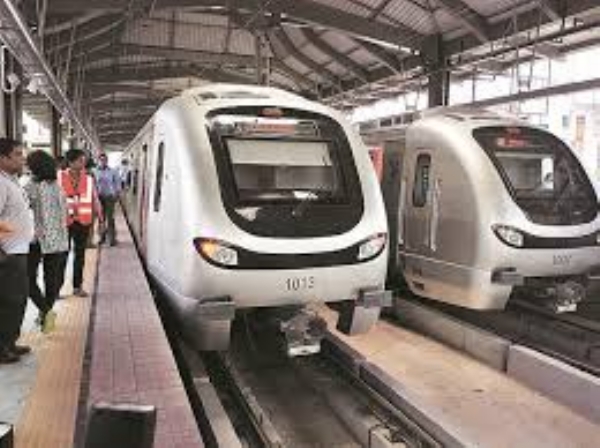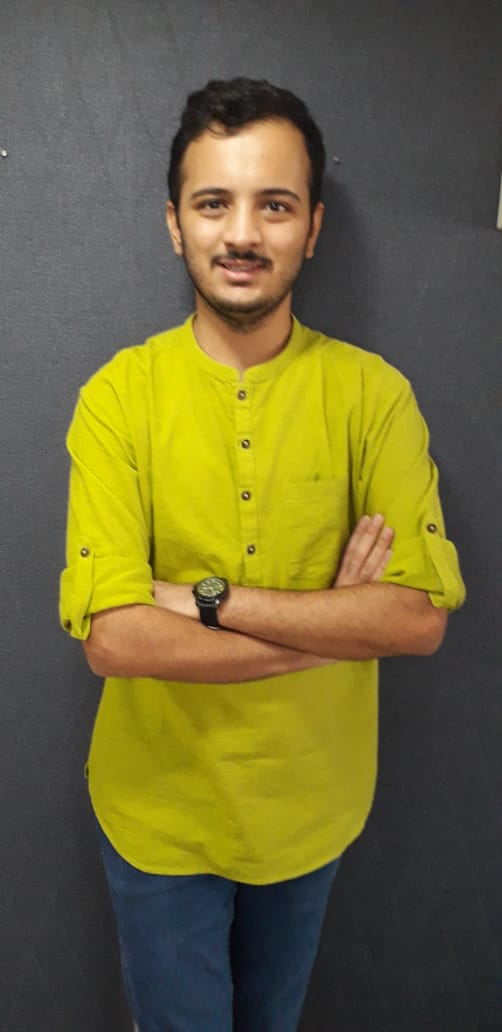More than just a Metro Car Shed in Aarey
Soon the Aarey Carshed project was sidelined for the next 2.5 years, causing increased project cost, delays, and whatnot! Finally, when common Mumbaikar got the project back on wheels, during monsoon 2022, mushrooms of environmentalism again grew. Everyone is concerned about the number of trees cut and the hundreds of techniques of tree plantation.
Total Views |
In the year 2018, there was a sudden growth of environmentalists in Mumbai. The reason was the construction of the Aarey Metro carshed. A miracle happened next the year when the incumbent party became the opposition party and Maharashtra got its ‘Best CM’. Soon the Aarey Carshed project was sidelined for the next 2.5 years, causing increased project cost, delays, and whatnot! Finally, when common Mumbaikar got the project back on wheels, during monsoon 2022, mushrooms of environmentalism again grew. Everyone is concerned about the number of trees cut and the hundreds of techniques of tree plantation.

First of all, let’s clear the image that no compensation tree plantation ever happens in the government project. There are some press releases that share the information about the trees planted as a part of compensation tree plantation.
As per the press release dated August 2, 2018, Mumbai Metro Rail Corporation completed the plantation of 17,000 plants on a land parcel at SGNP, the same press release also mentions that MMRC had planned to plant 20,900 trees in coordination with Director SGNP. An MOU was signed between MMRCL and SGNP for the same in December 2017. The trees planted were at least 10 to 12 feet. The same press release can be seen on the MMRCL website which gives information about a plantation of 9,000 plants dated June 7, 2021. This time trees were planted by the Miawaki method. Both times, native tree species like Neem, Bakul, Ashok, etc. were planted. Those who are really concerned about tree plantations can visit the MMRCL website and can look for more detailed information or can file RTI.
Also Read: The sham called 'Lungs of Mumbai'
The last important point is Aarey plot is owned by Aarey Milk Colony. It is not a notified forest. Fortunately or unfortunately Aarey Milk Colony which once was providing milk to many Mumbaikars is now in loss, and hence there is no construction on that particular piece of land. What if Aarey Milk Colony had decided to raise a new milk processing center on the exact same spot, should I assume that Mumbai would have seen the same amount of outrage? If using the owned piece of land could be legal, why should one raise a question if it is handed over to another project? One point which everyone needs to get understand clearly is metro car shed is not using the complete Aarey colony. It is barely 2% of the whole Aarey colony land. Hence much of the land is completely intact.
The purpose of this article is not just to make readers aware of tree plantation programs or just to repeat what is already there in a press release form. Through this article, I would like to draw attention to another point which is developmental discourses! This particular point is not directly linked with car shed location, but overall closely related to infrastructural development projects. Constantly one can notice that whenever any new infrastructure development project, energy resource project, economic project, etc. comes up, environmentalists and other social groups lead the opposition.
Also Read: Save Aarey from environ’mental’ists
Roughly the discussions of change in developmental approaches began as Narmada Bachao Andolan progressed. Around the same decade, the discussion of a new bottom-up approach was rising. Similarly, there are discussions about the decentralization of development or development of the villages to curb the migration towards cities. No doubt, the development of villages is an important part of development, especially in India where the majority of the population is still a rural population. The development of villages will certainly be very helpful for the Indian economy and also environmentally. Yet, the policies which would reduce immigration from rural to urban areas need time. Essentially, that is the only thing today many cities don’t have. Mumbai has been the city of dreams for many. As quoted in an article in Indian Express dated July 28, 2019, around 43% of the population in Mumbai is a migrant population and this number has increased up to 2011. No matter how hard new developmental schemes are made, it is very difficult to stop this immigration completely within a year. Metro and other transportation methods are needed for the city to tackle the current problem and also the immigration which is going to happen till villages are completely self-reliant.
Also Read: NCPCR seeks FIR against Aaditya Thackeray for allegedly using children in 'Save Aarey' protest
Another important aspect is, that no matter how hard any government tries, cities are an inevitable or inseparable part of human habitation. Since ancient times like Indus- Saraswati Civilization, we have witnessed city settlements. It is highly impossible to completely abolish cities from the map. Once we accept it, we can understand the need for a better lifestyle in cities. Environmental conservation is really a need of time, but the conservation methods required in an urban area would be different than in rural areas.
Coming to conclusion, let's get assured that the requirement of tree transplantation has been fulfilled. Also, the location where trees have been planted is not far from Aarey, having said that trees are in a similar ecosystem. Mumbai is in absolute need of a much better mass transit system than the current system. One of the arguments was opposition is against car shed and not for metro. We will see why a car shed is an inseparable and very first requirement for a metro project in another article.



